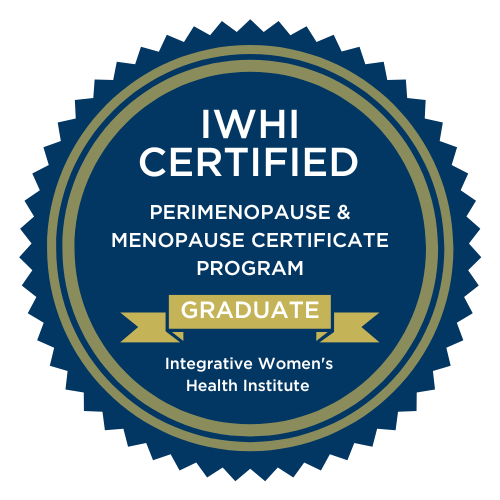“Pelvic congestion can lead to varicosities within the uterine ligaments, fallopian tubes, or veins of the prostate and scrotum (varicocele). Pelvic congestion is often found in both sexes when no other obvious pathologic cause of pelvic pain can be found. In one study, 91% of women with chronic pelvic pain who had no other pathology on laparoscopy had dilated veins and vascular congestion in the broad ligaments and ovarian plexus as seen on venography. Varicosities of the thigh were an indication of this pelvic congestion,”Chronic Pelvic Pain by Steege, Metzger and Levy
Pain of varying severity is the most common complaint. The pain is typically dull and not cyclical. The pain is usually worse:
just before the onset of the menstrual cycle
at the end of the day
after prolonged standing
during or just after intercourse
during later stages of pregnancy
Other symptoms of Pelvic Congestion:
In general, the symptoms are more common at the end of the day or after prolonged periods of standing or even after sexual intercourse. In some cases, the pain may be severe and affect personal and social relationships.
swollen vulva/vagina
Varicose veins (vulvar, buttocks, legs)
Abnormal menstrual bleeding
Tenderness to touch in lower abdomen
Pain during intercourse
Painful menstrual periods
Backache
Vaginal discharge
General lethargy
Feelings of depression
Possible Causes:
Poor pelvic alignment and modern life are often contributing factors in pelvic pain and congestion.
Congested liver. The backup pressure from an overloaded liver contributes to bloating in the intestines and pooling in the venous system.
Retroverted Uterus could put pressure on the surrounding veins
Pressure on the ovarian veins
Sedentary Lifestyle
Abdominal and Movement Therapies for Optimizing Pelvic Flow:
Abdominal therapy improves the flow of the fluids of the arterial, venous and lymphatic systems.
In my practice in Michigan I may use a combination of manual therapies for mild to moderate cases depending on the individual’s needs.
Pelvic alignment is extremely important for optimizing flow through the pelvis, so I always incorporate restorative exercise in addition to the manual hands-on therapies with my clients.
Acupuncture has also been helpful in reducing venous pelvic congestion. Check out this study HERE.
In severe cases, vein closure through surgical methods may be necessary.
Find A Practitioner

Work with me. Click HERE.
Arvigo Techniques of Maya Abdominal Therapy®
Nutritious Movement™ Certified Restorative Exercise Specialist
Uterine tonics and Venotonics

Individual herbs: Red Raspberry Leaf, Stinging Nettles, Horse Chestnut, Golden Seal, Partridge Berry, Blue Cohosh, Lady’s Mantle, Cramp Bark
I would consider drinking a quart daily of herbal infusions. Rotating between nettles and red raspberry leaf. 1 Cup of herb to a quart of water, letting it steep for 4-hours minimum. Nettles is delicious cold, so I keep my infusions in the fridge and sip on it throughout the day.
Consult a herbalist for appropriate and individualized formulas. Some herbs should not be used during pregnancy.








I found your article very interesting, and although I have never really had pelvic pain I have had several of the symptoms and have often wondered. I am a Pilates Instructor in Pennsylvania and now that I am over 40 I have noticed a lot of things changing in my body. I would be interested in finding out more information on pelvic congestion.